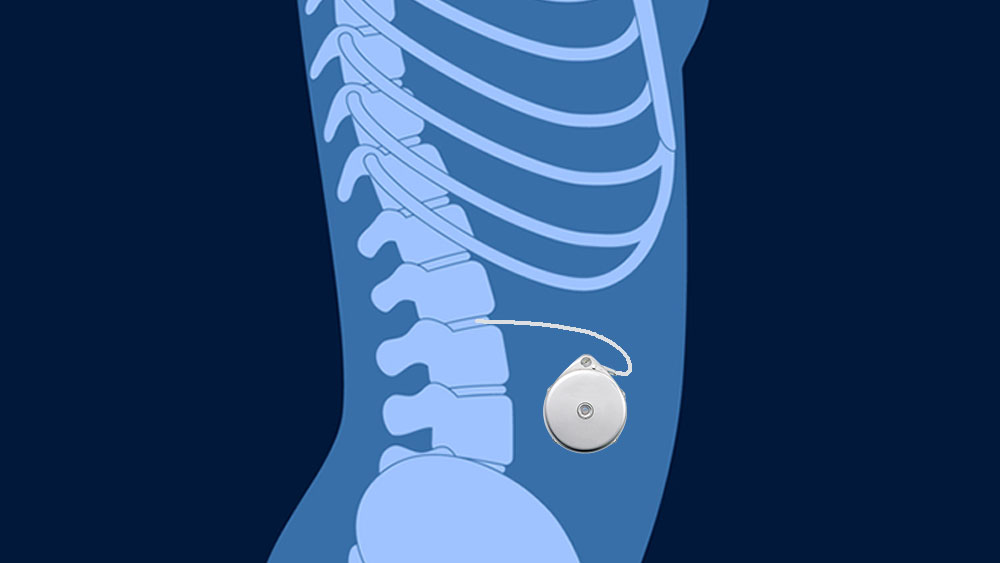
In the current dynamic healthcare environment, the transition towards value-based care calls for creative, economical, and patient-focused methodologies. An important yet underexploited tactic is drug repurposing, which entails identifying new applications for existing drugs. This method can considerably improve health outcomes while cutting expenses. A prime example is the repurposing of clonidine, a well-known cardiovascular drug, now utilized for treating insomnia and chronic pain.
Research published in the Journal of Clinical Sleep Medicine illustrates clonidine’s greater effectiveness compared to zopiclone in treating insomnia among chronic pain patients. Historically prescribed for hypertension through its effects on the central nervous system, clonidine lessens sympathetic nervous system activity, making it efficient in soothing the heightened states of arousal that lead to insomnia and pain. This investigation underscores clonidine as a viable alternative to sedative-hypnotic drugs. In contrast to zopiclone, which can cause adverse reactions like hallucinations, falls, and memory loss, clonidine possesses a more favorable safety profile.
The observational crossover study included 160 chronic pain individuals who switched between zopiclone and clonidine over three weeks, tracking pain, sleep quality, and side effects on a daily basis. Findings indicated that clonidine enhanced sleep onset, duration, and quality while lowering pain levels more effectively than zopiclone, which was associated with more significant side effects. The primary adverse effect of clonidine at higher doses was dry mouth. These results emphasize clonidine’s dual capacity to safely and effectively manage pain and insomnia, outpacing conventional sleep medications.
The consequences for value-based care are substantial. Repurposing clonidine provides a cost-effective, high-impact answer. It avoids the costly, protracted processes associated with new drug creation due to its existing widespread use and safety record. Clonidine’s capability to treat insomnia and chronic pain diminishes the necessity for multiple medications, enhancing patient compliance and lowering the risk of drug interactions, ultimately reducing overall expenses. Improved management of sleep and pain can contribute to better patient recovery, fewer emergency visits, and an enhanced quality of life—important factors in value-based care.
As the healthcare system increasingly embraces value-based principles, stakeholders ought to contemplate supporting and expanding repurposed treatments like clonidine. Its dual advantages resonate with the fundamental tenets of value-based care, showcasing its potential as a crucial element of integrated health strategies. Clonidine’s function in treating pain and insomnia showcases the transformative potential of aligning scientific advancements with value-oriented care, potentially signaling a larger trend in drug repurposing.
Repurposing medications signifies more than mere cost containment; it represents an innovative, safer, and strategic care approach. Clonidine’s broadened function highlights how harmonizing scientific advancement with value can improve patient outcomes and empowerment. This practice could initiate wider drug repurposing initiatives, indicating the onset of a notable shift in healthcare delivery.